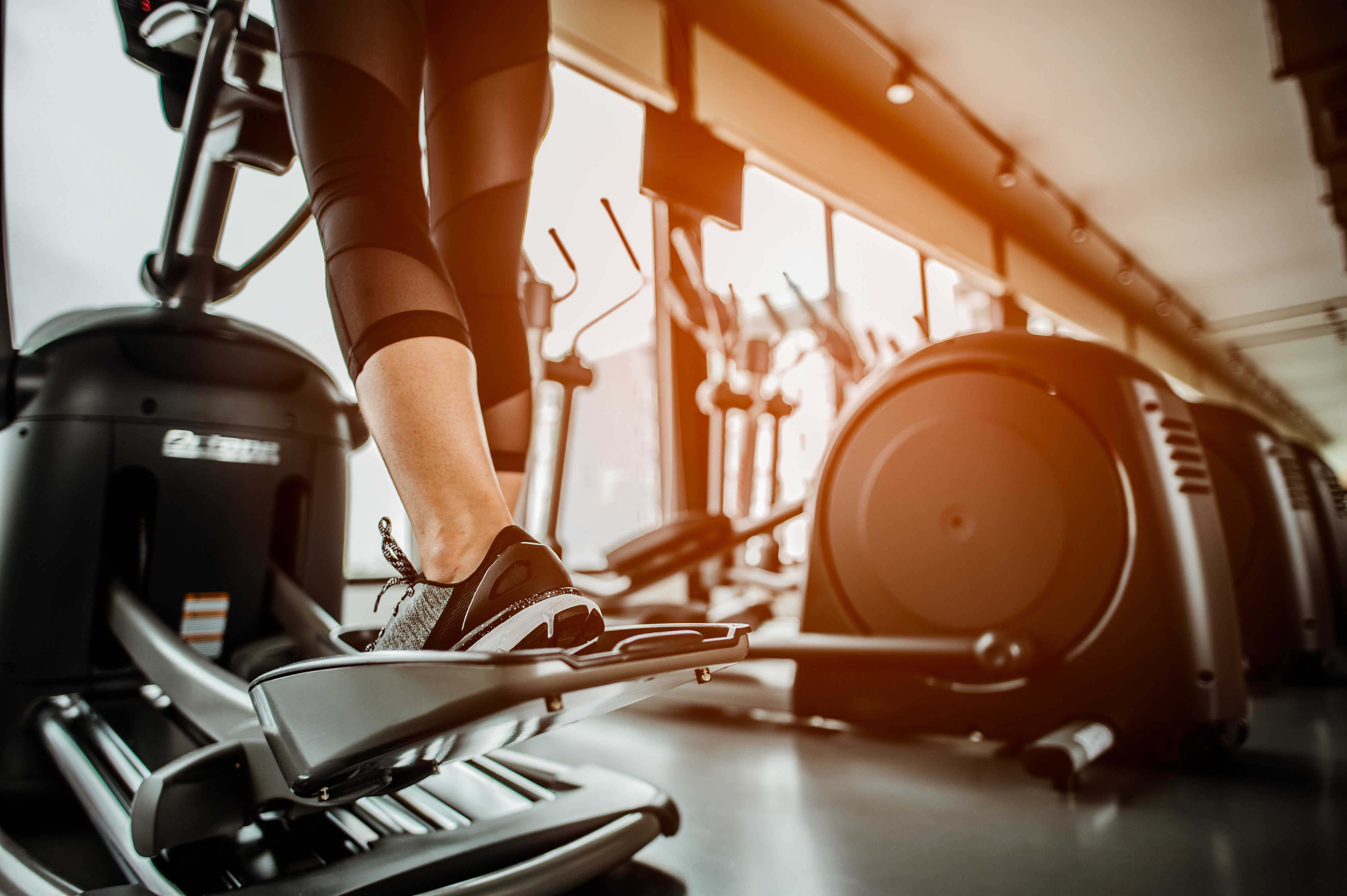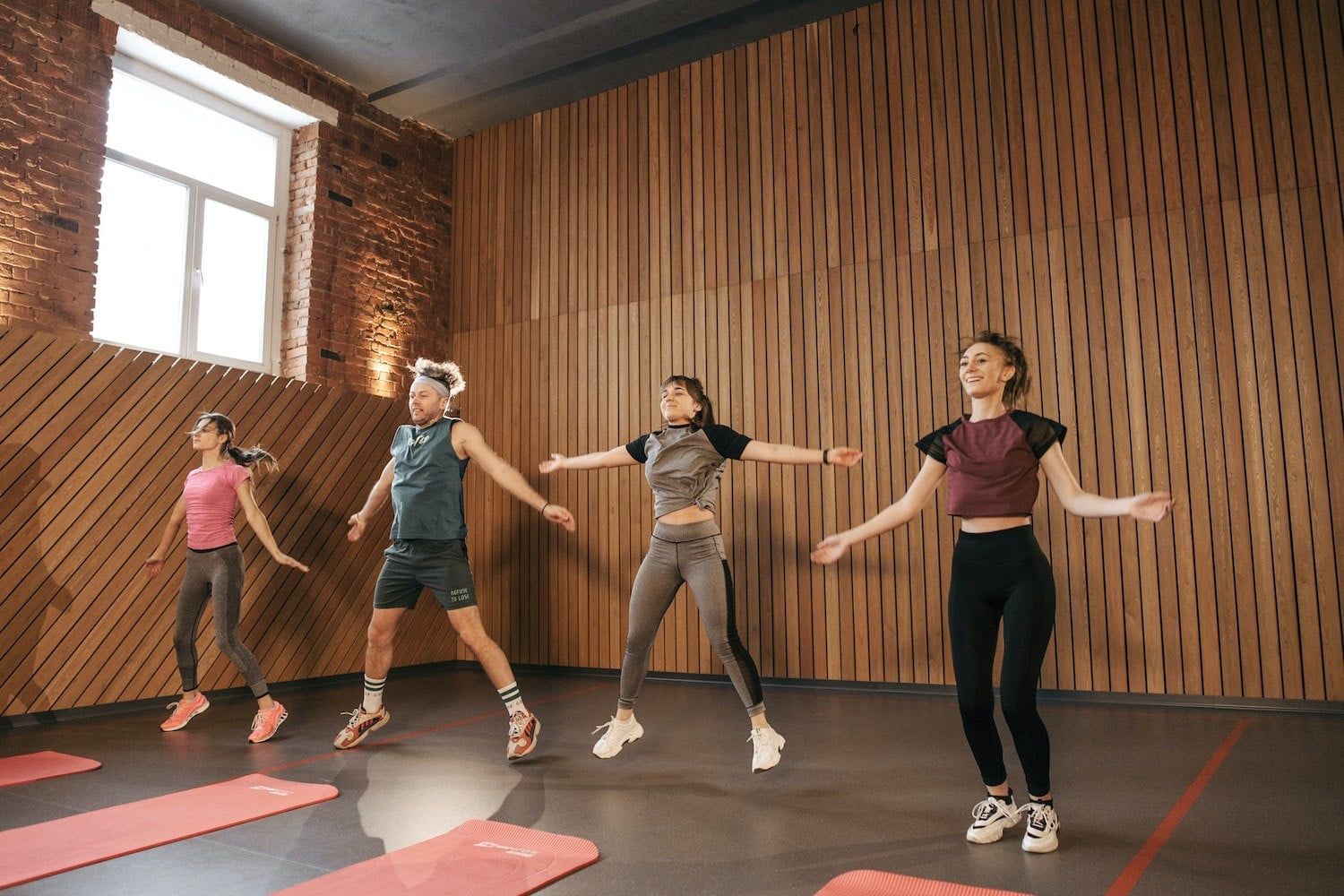Overcoming Excuses and Cross-Training When Injured

Dr. House is Not Pleased
You’ve just climbed back into your car after seeing the doctor about a running-related injury. You endured the doctor’s questions about what hurts – “Oh, it’s your knee? Has anything in your lifestyle changed recently, any new activities?” You say that you’re a runner. The doctor’s manner immediately changes, the arms cross, and that disparaging expression emotes that, well, the mystery of your injury is solved.
There’s no playing Dr. House today in delving into what rare and unusual condition has led to your current malady. You’re a runner; ergo, your injury is not only common, but to be expected. The medical chart clipboard is closed, the doctor stands, and it’s time to get a scan to see what’s going on, since x-rays typically don’t show hairline fractures or soft tissue injuries.
Coping with Grief
Anyway, shame activated, you are in your car. Now, people in this position tend to feel either of two ways: despair at being told you actually do have a legitimate injury that will require time off of running; or a sense of relief that you finally have a diagnosis.
The stages of grief aren’t fixed in their chronological order. In fact, grief is important to experience so that you don’t revisit it at some other point and/or allow it to manifest in other unhealthy behaviors; however, for runners, a key coping mechanism during injury is coming up with a plan of action.
This is often facilitated by the help of a coach, who, while they care about your well-being and probably feels your disappointment, is equipped with a more objective lens. You and your coach can set out a cross-training and mindset plan to get you not only to the other side of your injury, but stronger in many ways than you were previously.
While mindset is extremely important in endurance running, cross-training is a tangible item that you can most likely begin immediately. There are, of course, cases of spinal, rib, and other serious injuries that require complete rest. For other injuries, such as stress fractures in your feet or shins, or tendonitis of the Achilles or hip, there are still methods of remaining active.
Reframing Your Cross-Training Attitude
Let’s go back to you in your car after seeing the doctor. Maybe you’re immediately thinking, “Ok, no running, no anything. I’m going to do the bare minimum of activity until this is healed completely.” While everyone deserves to grieve, doing “nothing” is not a good idea. This is where we change gears—do you really and truly hate the idea of cross-training? You’re hurt, and you know you should cross-train. You understand that if you just stop doing anything, you will lose fitness. So, what is holding you back? The following paragraphs are a “choose your adventure” in understanding why you can’t make yourself cross-train.
1) Cross-training is boring. Running is about freedom, the outdoors, and feeling your body moving over the ground. Guess what? Not being constantly stimulated will ultimately make you mentally stronger. And honestly, you can watch something or listen to a podcast, it’s not a big deal. This is probably tough love, but boredom as a reason to keep you from losing the fitness you’ve worked so hard for is an opportunity to work on mental weakness.
2) The gym is far away from home. This is understandable. It’s easy to reason that driving a long time to work out for less time than the actual commute is ridiculous. If this is your situation, it’s time to invest in a piece of equipment that you can use at home. Even if you have dumbbells, you can do an upper body circuit with little to no rest in between sets and exercises to work on strength as well as cardio. If you have a stability ball and bands, you can fashion your own rowing machine. You can do bicycle legs on the floor! Unless you are forced to take complete rest, there is always something you can do.
3) The gym intimidates you. With running, there is very little technical skill involved in the general setup: lace up your shoes and go. The machines in gyms, including bikes, ellipticals, stair-steppers, and Arc Trainers, may look complicated. If you are afraid of looking foolish in your attempt to use a machine, let me inform you that most people at the gym are very focused on getting their workout done and don’t care. So, if you don’t know how to use something, usually pedaling will prompt the option of AutoStart. Otherwise, you can ask the gym attendant, or you can YouTube how to use the machine. As a personal trainer, I’ve given many people orientations on how to use equipment. You’re not alone, and it’s not a big deal.
4) You don’t have time to cross-train. This is actually ridiculous because you had time to run…enough said.
Navigating Uncertainty
Injuries are tough and motivating yourself to cross-train is not always easy. But you need to realize that what’s even more difficult is when you return to running to discover that your fitness has evaporated. We all need help navigating uncertainty. If you are unsure of how to create your cross-training plan of action, then click that “Enquire Now” button on the side of the screen. You don’t have to be actually running to have a running coach. We’re here to help you get to running, and not only that, but get you running your best.




